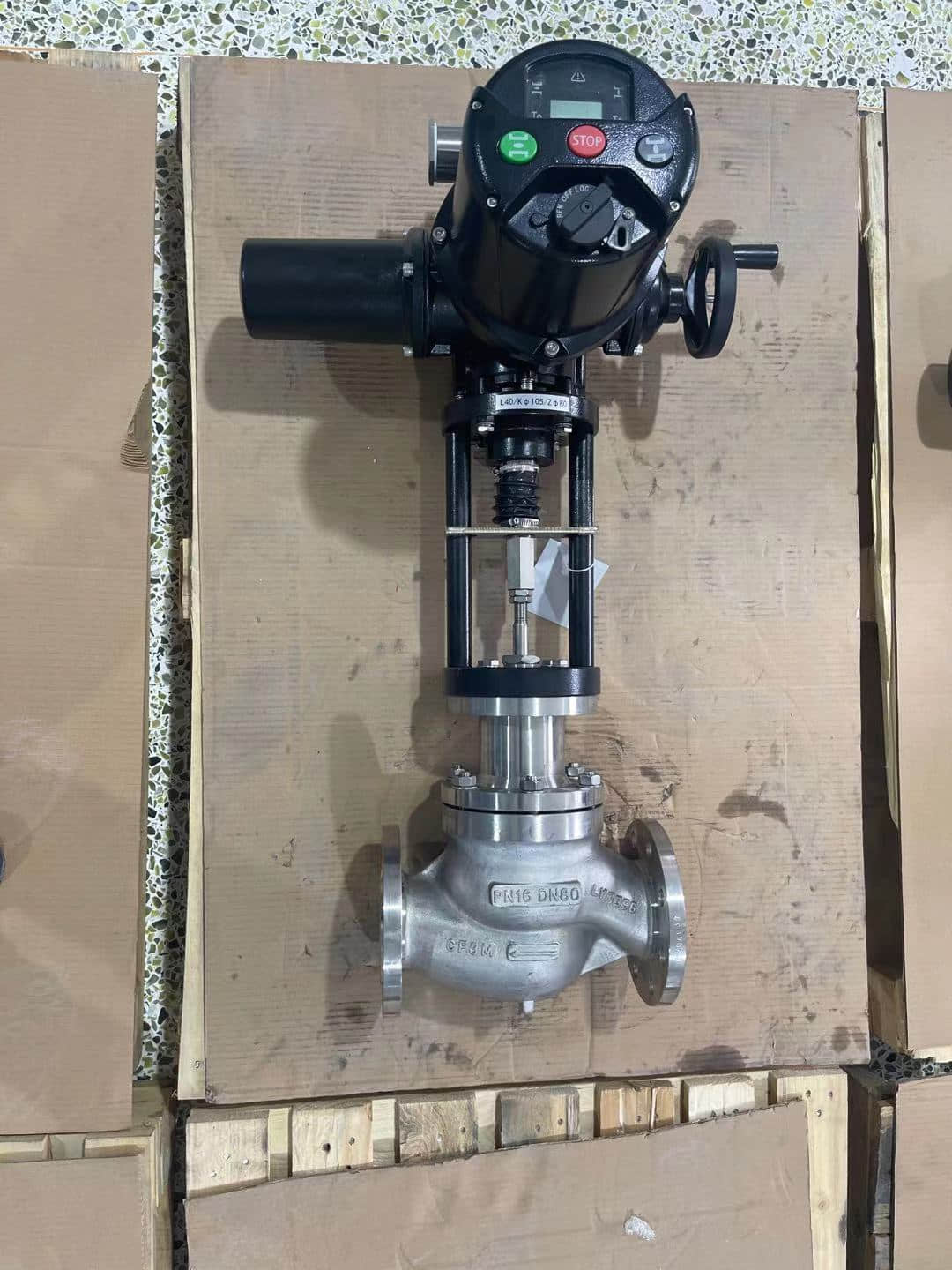understanding the electric two-seat regulating valve: an essential component in modern automation
Release time:2024-12-06 02:49:26
In the realm of industrial automation, the electric two-seat regulating valve has emerged as a critical component for controlling fluid flow within various systems. These valves are designed to provide precise regulation of pressure, temperature, and flow rates in applications ranging from water treatment to chemical processing. This article delves into the fundamental aspects of electric two-seat regulating valves, including their design, functionality, applications, and advantages.

Design and Operation An electric two-seat regulating valve, as the name suggests, features two seats that enable it to modulate the flow of fluid with high accuracy. The valve comprises several key components: the body, the actuator, the control mechanism, and the two valve seats. The actuator, typically powered by electricity, plays a crucial role in opening or closing the valve based on the control signal received from the control system.
The two-seat design allows for better control over the flow, providing a more stable and precise output compared to single-seat valves. When the valve is actuated, it moves either to open or close the flow path, allowing the fluid to pass through or blocking it as needed. This mechanism allows for continuous modulation of the flow, making it suitable for applications that require varying flow rates.

